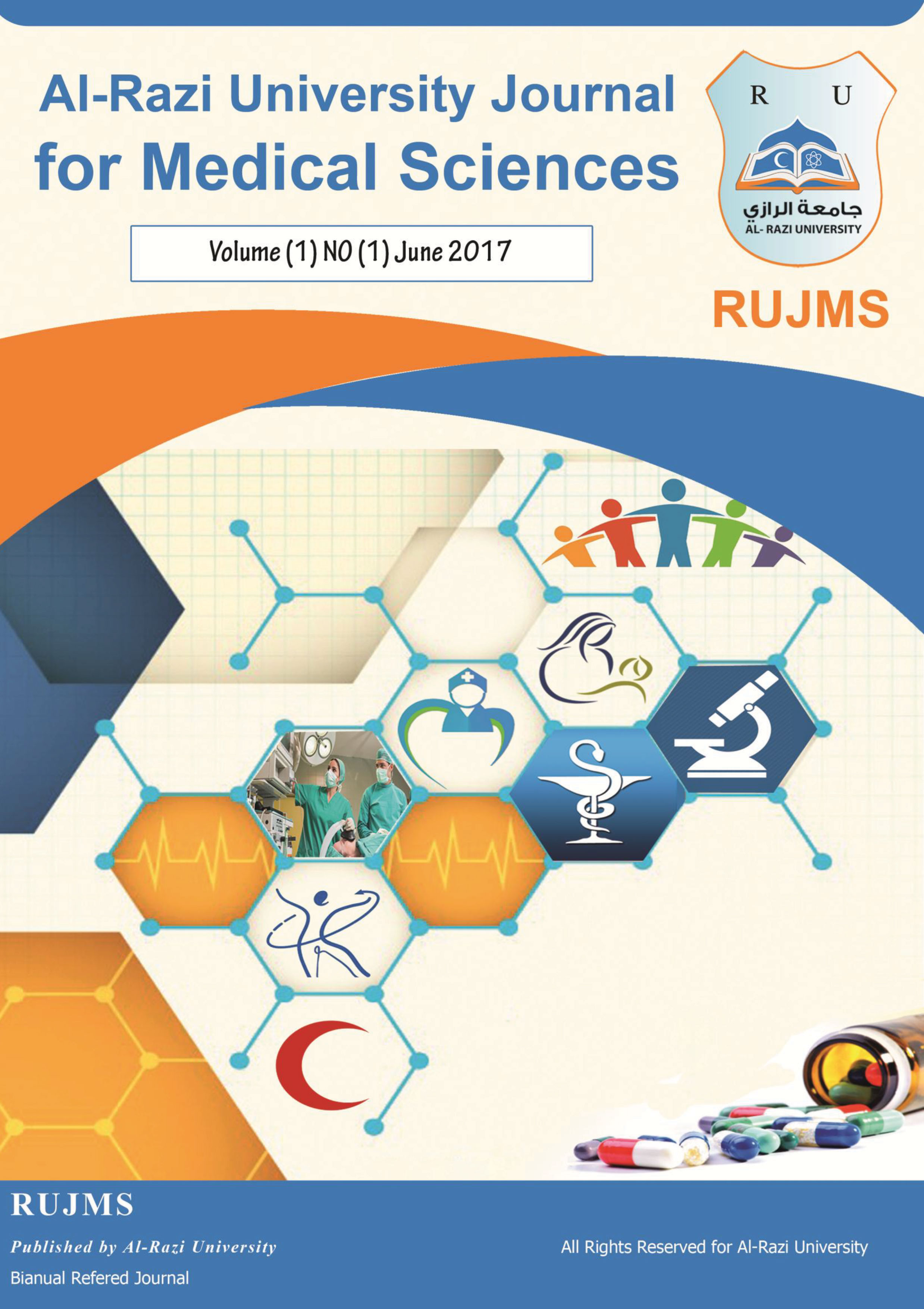Dengue Fever in Yemen: A large-Scale Disease Outbreak in the Context of Ongoing Conflict
Naseeb Qirbi1* and Sharif A. Ismail2 1Department of Community Medicine, Faculty of Medicine and Health Science, Sana’a University, 2 Department of Primary Care and Public Health, Imperial College London, UK
Abstract
Background: Communicable disease surveillance and control in conflict settings is challenging. Aim: To describes a large outbreak of Dengue Fever (DF) in Yemen in 2015 amid ongoing conflict. Methods: secondary analysis of routine surveillance data complemented by a literature review. Results: the 2015 DF outbreak was distinct in scale and geographic scope compared with previous years, with up to 14,500 reported cases. Control is hampered by worsening access to healthcare, scaling back of preventive activities and widespread infrastructure damage. Conclusion: In 2015, Yemen witnessed a dengue outbreak exceeding previous years. The ongoing conflict and blockade has rendered a weak health system incapable of implementing its routine control activities and provision of curative care. If this is not reversed, it is expected that the situation may worsen and bear higher case-fatality rates. International aid is much needed. Efforts must be exerted to preserve the healthcare system and its functionality, strengthened surveillance to improve reporting rates and greater control efforts are needed.
الخلفية: يعد رصد الأمراض المعدية ومكافحتها في مناطق النزاع أمرًا صعبًا.
الهدف: وصف تفشي كبير لحمى الضنك في اليمن عام 2015 وسط الصراع المستمر.
الطرق: تحليل ثانوي لبيانات المراقبة الروتينية مدعومة بمراجعة الأدبيات.
النتائج: كان تفشي حمى الضنك عام 2015 متميزًا في الحجم والنطاق الجغرافي مقارنةً بالسنوات السابقة، حيث تم الإبلاغ عن ما يصل إلى 14,500 حالة. تعوق السيطرة على التفشي بسبب تدهور الوصول إلى الرعاية الصحية، وتراجع الأنشطة الوقائية، والدمار الواسع للبنية التحتية.
الاستنتاج: شهد اليمن في عام 2015 تفشيًا لحمى الضنك يفوق السنوات السابقة. أدى الصراع المستمر والحصار إلى جعل النظام الصحي الضعيف غير قادر على تنفيذ أنشطة المكافحة الروتينية وتقديم الرعاية العلاجية. إذا لم يتم عكس هذا الوضع، فمن المتوقع أن يتفاقم الوضع ويزيد معدل الوفيات. هناك حاجة ماسة للمساعدات الدولية. يجب بذل الجهود للحفاظ على نظام الرعاية الصحية ووظائفه، وتعزيز المراقبة لتحسين معدلات الإبلاغ، وتكثيف جهود المكافحة.

